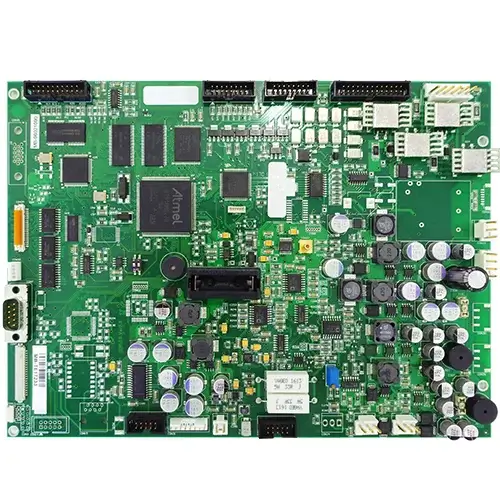
Before getting straight to the process of medical PCB manufacturing and assembly, it’s essential to first understand medical PCBs in detail.
Medical PCBs are specially designed printed circuit boards assigned for use in medical devices. They are the backbone of today’s technology and the mother component in modern medical equipment, governing electronic control and data processing methodology.
Being designed in conjunction with reliability and safety, they are built against failures, as any such may affect the health and well-being of patients directly. Medical PCBs apply to a span of devices that start from simple diagnostics to image systems and end at complex lifesaving implantable devices.
Here’s a general overview of quality standards and regulations for medical PCBs:
IPC-A-610 is one of the significant standards for medical PCB assembly. It lays down specification criteria for the acceptability of electronic assemblies. It ensures that quality levels of medical PCBs are relevant and proper in different medical devices.
The materials used in medical PCBs must be biocompatible to ensure they do not cause adverse reactions when in contact with the human body.
This is of great importance for implantable devices in particular. Specifically, among the materials used are high-performance thermoplastics and biocompatible epoxies that offer mechanical strength and thermal stability.
Here are some important medical PCB design considerations that you must know:
The design for medical PCBs has to be highly reliable and capable of assuring long-term performance. This means that they work correctly within their intended life without many failures occurring.
Electrical safety in medical devices is the most paramount consideration. In this regard, designing PCBs to minimize leakage currents and ensure EMC entails that a medical device will not cause interference with other medical equipment while at the same time maintaining its integrity of operation.
Now you know the basics of medical PCBs, it’s time to learn the manufacturing process.
Fabrication of medical PCBs involves advanced techniques, such as:
Tight Tolerance Control: Ensuring Components are Made to Specification So That Quality and Performance can be Maintained.
It is also for avoiding contamination, which can be negatively reflected in the performance of the PCBs. There are specially designed cleaning agents and processes that remove residues and particles that may interfere with a functioning PCB.
Incorporate rigorous in-process and final inspections to ensure adherence to quality and standards. This comprises visual inspection, AOI, and functional testing.
There are numerous different medical PCB assembly techniques in use:
This machine guarantees the correct placement of sensitive medical-grade components. Accurate placing is important for a medical device to act reliably.
Compliant use of lead-free solders sustains reliable electrical connection while making sure that the safety criteria are not compromised upon. Controlled soldering processes mitigate defects and ensure strong bonding.
A protective conformal coating is applied to protect the PCB from environmental stresses and possible biocompatibility issues. It prevents moisture, dust, and exposure to chemicals from affecting the PCB circuitry.
Extensive testing gives medical PCBs functionality and reliability:
Adhering to strict quality standards and regulatory requirements is essential in the manufacturing and assembly of medical PCBs.
By selecting biocompatible materials, implementing advanced manufacturing techniques, and conducting thorough testing, manufacturers can ensure the production of reliable and safe medical devices.
Fill in your requirement information and upload Gerber and BOM files, we will give you a quote within 24 hours.
Fill in your requirement information and upload Gerber and BOM files, we will give you a quote within 24 hours.